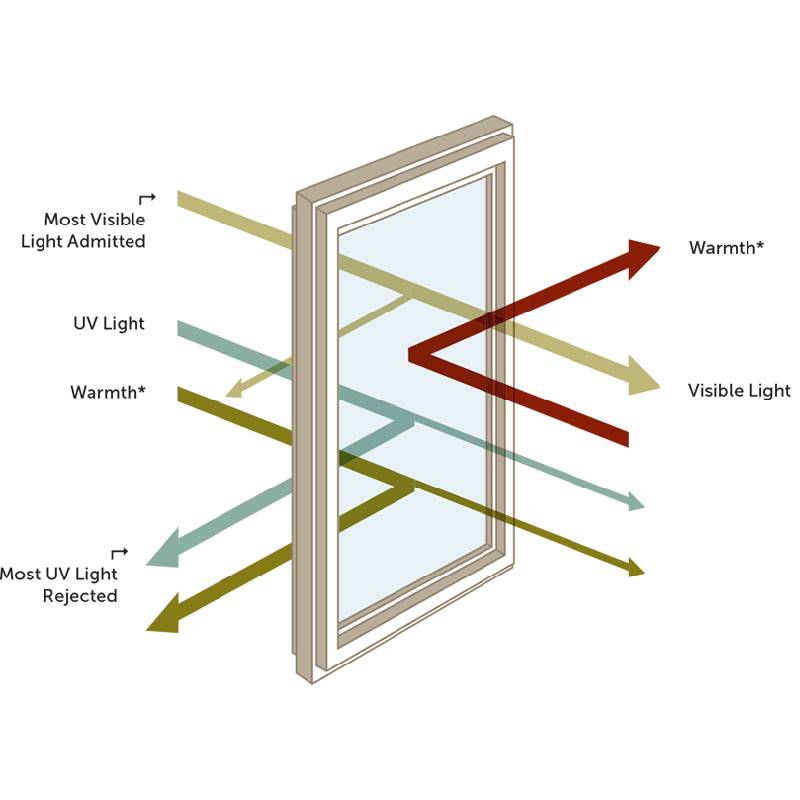

Reflective glass material has become an increasingly popular choice in contemporary architecture and design due to its unique aesthetic and functional properties. This innovative material not only enhances the visual appeal of buildings but also offers practical benefits that have made it a preferred option for designers and builders worldwide.
One of the most striking features of reflective glass is its ability to reflect light, creating stunning visual effects. When sunlight hits reflective glass surfaces, it creates a shimmering facade that changes throughout the day, depending on the angle of the sun. This dynamic quality adds a layer of complexity and beauty to architectural designs, making buildings stand out in urban environments. Moreover, reflective glass can blend harmoniously with natural surroundings, reflecting nearby landscapes and creating a sense of continuity between the structure and its environment.
From a practical standpoint, reflective glass offers several advantages in energy efficiency. By reflecting a significant amount of solar radiation, it helps to reduce heat buildup inside buildings, resulting in lower energy consumption for cooling. This attribute is particularly beneficial in hot climates, where the demand for air conditioning can lead to high energy bills. Additionally, the use of reflective glass can minimize glare for both occupants and passersby, creating a more comfortable environment.

Safety is another crucial consideration in the use of reflective glass. Modern manufacturing techniques have improved the strength and durability of this material, making it more resistant to impacts and breaking. Furthermore, reflective glass can be treated and coated to enhance its safety features, such as shatter resistance and UV protection, ensuring that it meets building codes and standards.
However, the use of reflective glass is not without its challenges. One concern is the potential for unintended reflections that can disrupt neighboring properties or create hazards for drivers. Architects and designers must carefully consider the placement and angle of reflective glass to mitigate these issues.
In conclusion, reflective glass material is a multifaceted solution that combines aesthetic beauty with practical benefits, making it a popular choice in modern architecture. Its ability to enhance buildings’ appearances while improving energy efficiency and safety makes it an attractive option for both new constructions and renovations. As technology continues to evolve, the potential applications for reflective glass are likely to expand, further influencing the architectural landscape.